Gamma-ray burst, GRB 250702B, lasting for a record-breaking seven hours, stunned researchers

Researchers have discovered a Gamma Ray Burst (GRB) that stands apart from others of its kind. Known as GRB 250702B, this GRB surprisingly lasted for around seven hours before fading. Its duration stunned experts, as GRBs typically last for seconds or minutes. Astronomers observed GRB 250702B unfolding in space across the electromagnetic spectrum, from gamma rays to radio waves, via NASA's Fermi Gamma-ray Space Telescope. The GBRs are mostly associated with supernovae, but seeing GRB 250702B's unusual characteristics, experts believe that a unique sort of catastrophic phenomenon may be behind it. The event was explained in the journal Astrophysics.
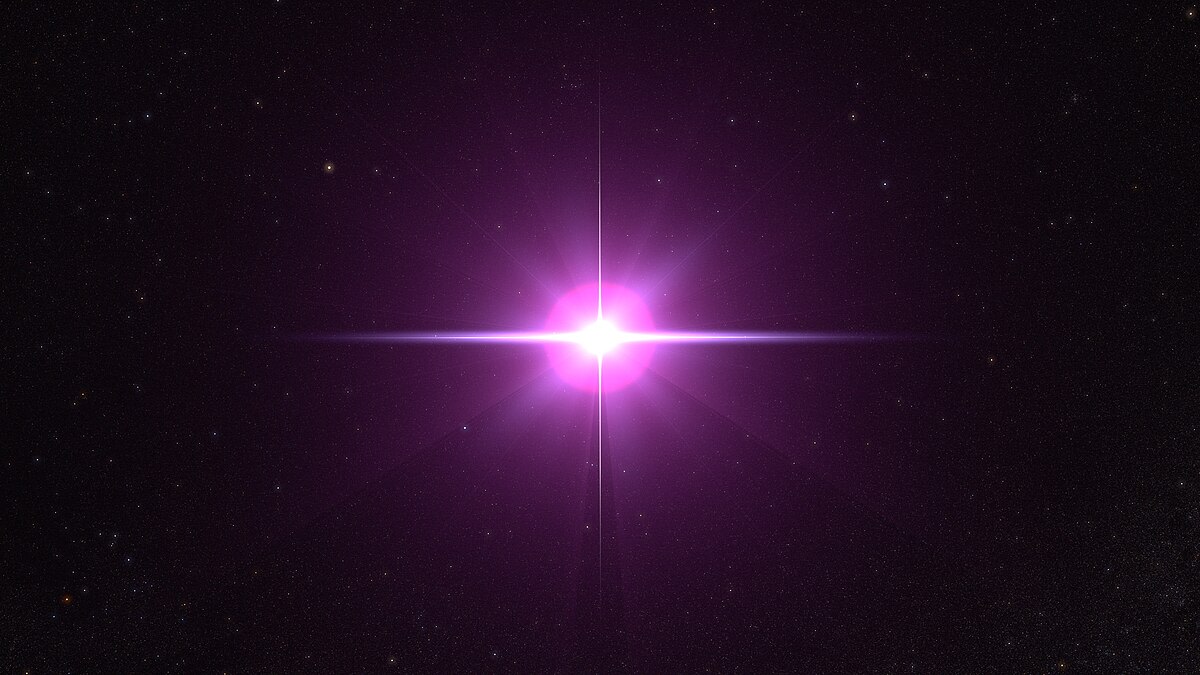
Dazzling Cosmic Blasts
GRBs are defined as powerful cosmic blasts, possibly the brightest of the lot since the Big Bang, according to Science. GRB 250702B was detected on July 2, 2025. "It basically just does not observationally look like any of the other things in that category that we've seen," said astrophysicist Daniel Perley of Liverpool John Moores University. Considering the distinct features of this cosmic blast, researchers speculate that it could be a result of a black hole entering another star and then annihilating it from within. "It's very unusual in its duration, a bit unusual in its environment, and then this weird periodicity, I think, makes it stick out," said astrophysicist Brian Metzger of Columbia University.
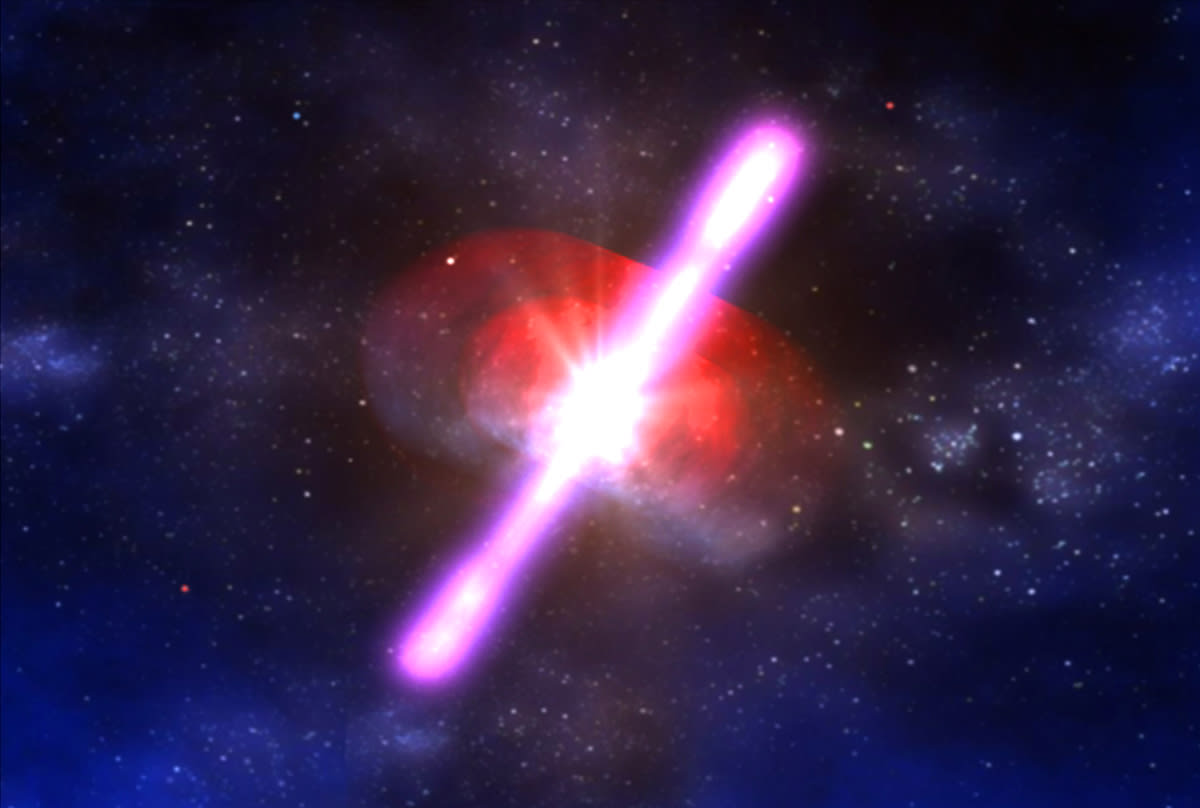
Killer Black Hole
Many theories have been presented regarding the origin of this phenomenon. The model explained in the study begins with a stellar-mass black hole and a large star orbiting each other in space. After some time, the star loses all its hydrogen fuel, and what remains is a dense helium core along with a swollen outer envelope. This envelope can possibly drag on the black hole, making it spiral in and ultimately fall into the helium core. Inside the helium core, the black hole tears the core apart, and as an aftermath, it releases a powerful, long-lived jet. "It's a GRB-like phenomenon, but it allows for the longer time scale," Perley added.
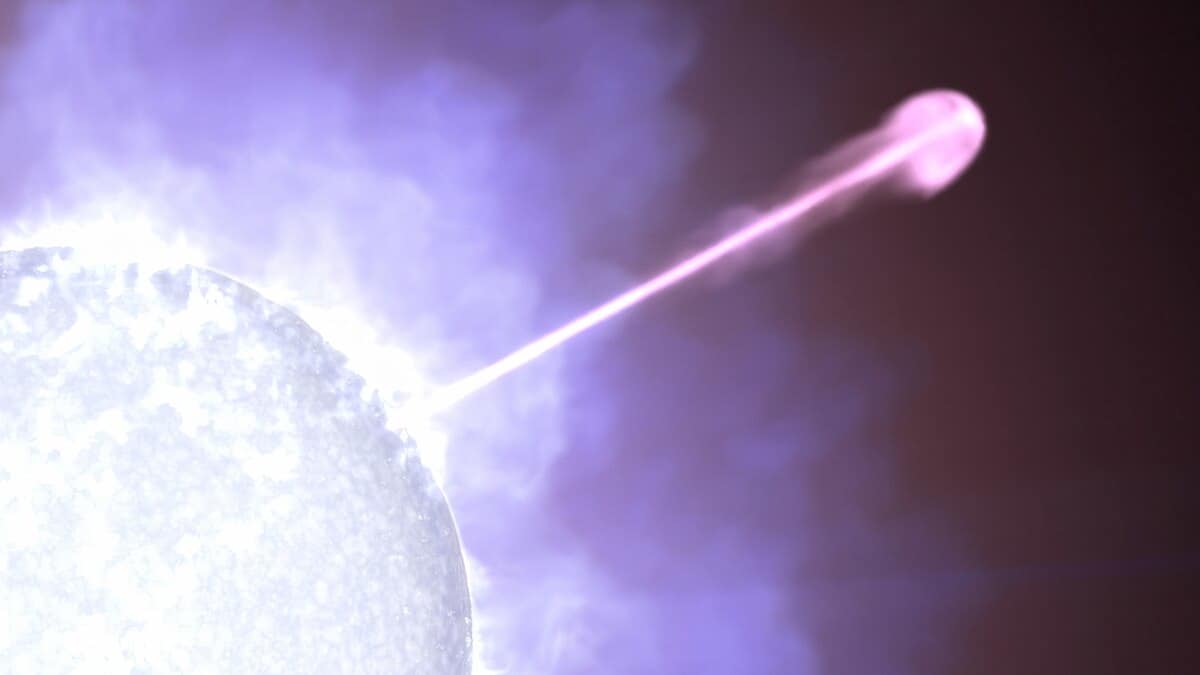
Perley wants more evaluations and reasoning before conclusively asserting the black hole annihilation theory as the cause behind GRB 250702B. At present, GRB 250702B is fading into invisibility, making future evaluations tricky. Other theories include black holes attacking stellar material, each time a star orbits around it, or supermassive black holes at the center of galaxies, tearing apart any star lurking close to it. Researchers have opposed both of these theories, citing the unregulated nature of GRB 250702B and the positioning of the afterglow.
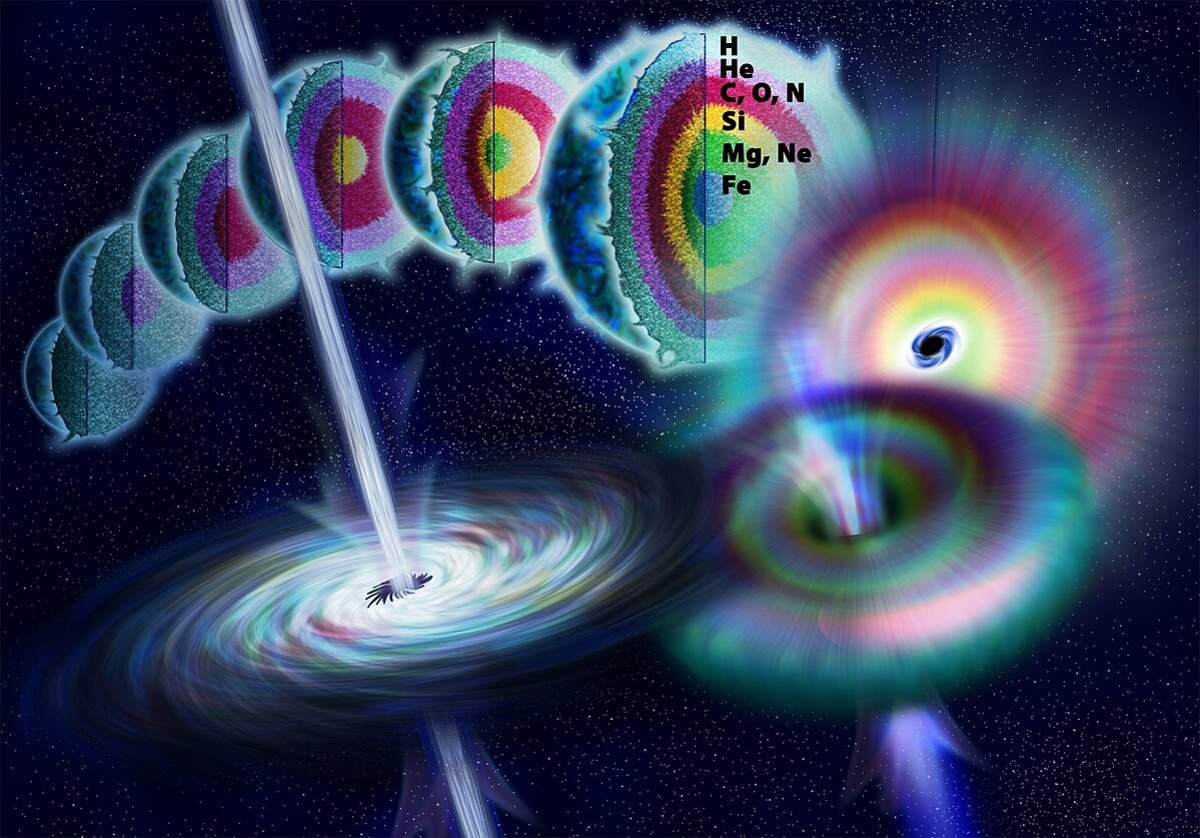
One-of-a-Kind GRB 250702B
GRB is typically facilitated due to a giant star collapsing into a black hole. In the case of GRB 250702B, researchers believe a reverse state of affairs has happened, with a black hole destroying a large star from within. Some experts were unsure whether GRB 250702B was even a gamma-ray burst because of its long duration. GRBs were first detected in the 1960s by U.S. spy satellites. In the late 1990s, experts associated it with supernovae, the explosions produced by dying stars. Here, when stars run out of fusion fuels, the core collapses into a black hole. In this process, the star's outer layers get swept into a disk. The swirling magnetic fields at the site convert some material from the outer layer into jets of plasma that fire out of the black hole's poles. These jets travel at the speed of light and produce brief beams of gamma rays, becoming the GRB observed from Earth.
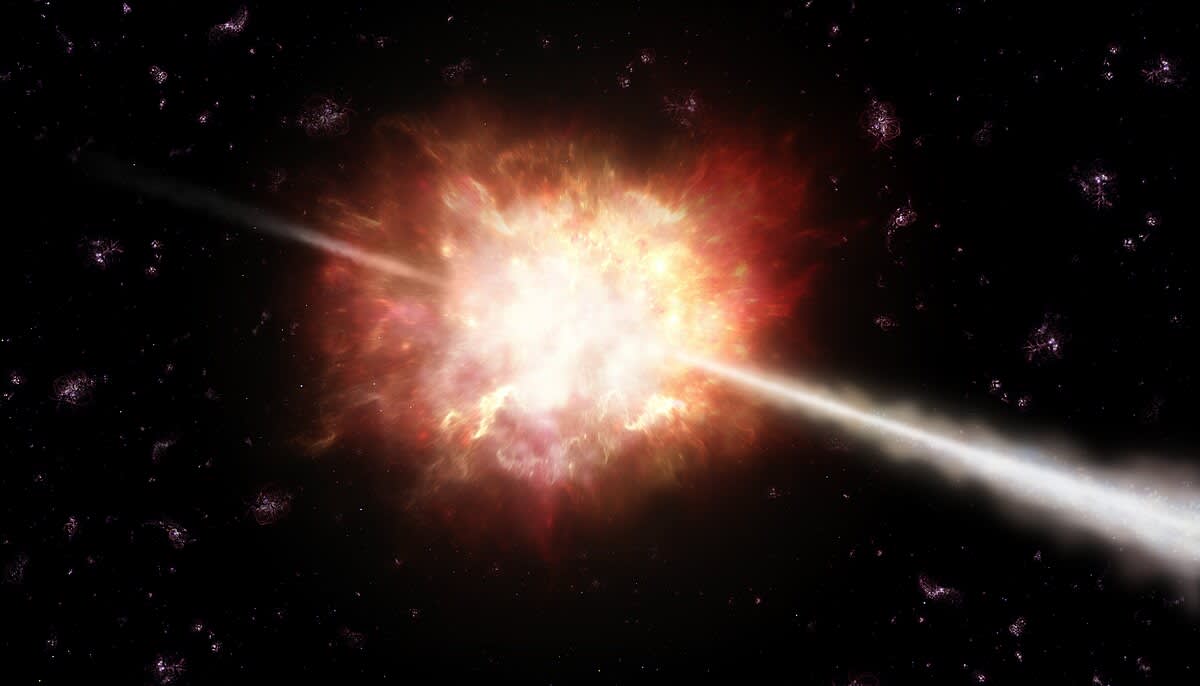
The GRB 250702B, even at its first glance, was much brighter than other GRBs observed. It made many experts believe that the black hole-star system that created this phenomenon was very close to Earth. The speculation was rejected when Europe's Very Large Telescope and the Hubble Space Telescope captured a faint afterglow linked to GRB 250702B in a distant galaxy, deemed to be billions of light-years away by NASA's JWST Observatory. It meant that the system was not close to Earth, or possibly even in the Milky Way Galaxy. Researchers also noted peaks in GRB 250702B, which made it seem as if the light beam was pulsing.